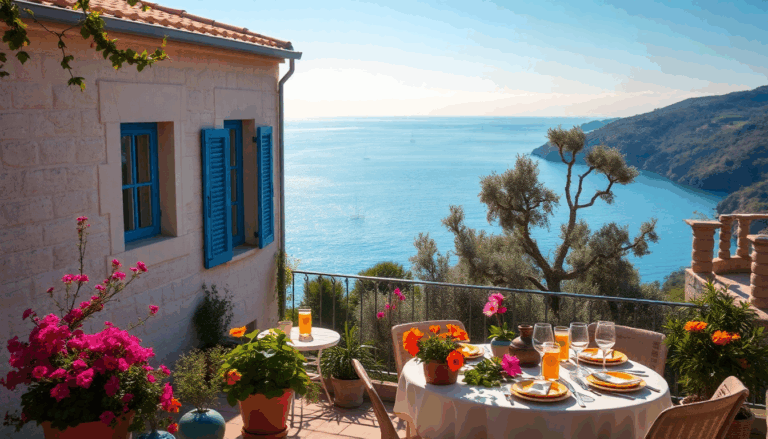Investing in a vacation home can be an enticing opportunity, especially in a beautiful country like Italy, which continues to charm millions of tourists each year. But how do you navigate this market without getting lost in the details? With tourism in Italy booming—over 458 million tourist presences recorded in 2024—it’s essential
for potential investors to weigh the risks against the rewards before making such a significant financial leap.
What’s Hot in the Vacation Rental Market?
The Italian vacation rental market is experiencing robust growth, fueled by an influx of both domestic and international tourists. Regions like Sardinia and Tuscany are particularly popular, offering not just breathtaking scenery but also a steady demand for lodging year-round. However,
it’s important to note that this demand isn’t uniform across the country; some areas experience seasonal fluctuations that can impact your rental income. Have you considered how this might affect your investment?
Understanding these trends is critical for investors. Choosing the right location involves thorough market research and a keen analysis of tourism patterns. Where can you find regions with stable rental demand and promising
property value appreciation? Additionally, be aware that local regulations regarding short-term rentals can significantly influence your investment success. Are you ready to dive into the details?
Weighing the Business Case for Vacation Home Investment
From a business standpoint, deciding to invest in a vacation home should stem from a solid grasp of the potential returns. It’s not just about the initial purchase price; ongoing costs like maintenance, property management fees, and local taxes also come into play. Did you know that mortgages for second homes often don’t offer the same tax advantages as primary residences? That makes financial planning even more critical.
Many investors find themselves at a crossroads: should they manage the property themselves or hire a management agency? While self-management can save money, it demands significant time and effort, which could take away from the enjoyment of your investment. On the flip side, hiring a property management service brings peace of mind but comes with additional costs that can affect your bottom line. What’s your preference?
Practical Steps to Ensure Success
Before you take the plunge into vacation home ownership, it’s essential to outline a clear management strategy. This involves understanding the rental market in your chosen area, setting competitive pricing, and developing marketing strategies that entice potential guests. Plus, compliance with local regulations and maintaining high property standards are crucial for ensuring positive guest experiences and repeat bookings. How prepared are you for these challenges?
Moreover, prospective buyers should conduct a thorough financial analysis, taking into account all costs associated with ownership, including maintenance and utilities. This will clarify your net rental income and give you a realistic view of your investment’s profitability. Before you sign on the dotted line, consider your long-term goals: is this property simply a vacation retreat, or does it serve as a strategic financial investment?
Looking Ahead: Your Roadmap for the Future
In conclusion, investing in a vacation home in Italy can indeed be a lucrative opportunity, provided you approach it with a clear strategy and informed decision-making. By carefully weighing the risks and costs against the potential benefits, you can position yourself for success in the flourishing vacation rental market. The key is to stay informed about market trends, engage in meticulous financial planning, and be ready to adapt to the ever-changing real estate landscape. Are you ready to take on this exciting adventure in vacation home investment? With the right insights and strategies, you could turn your investment into a sustainable and profitable venture.

